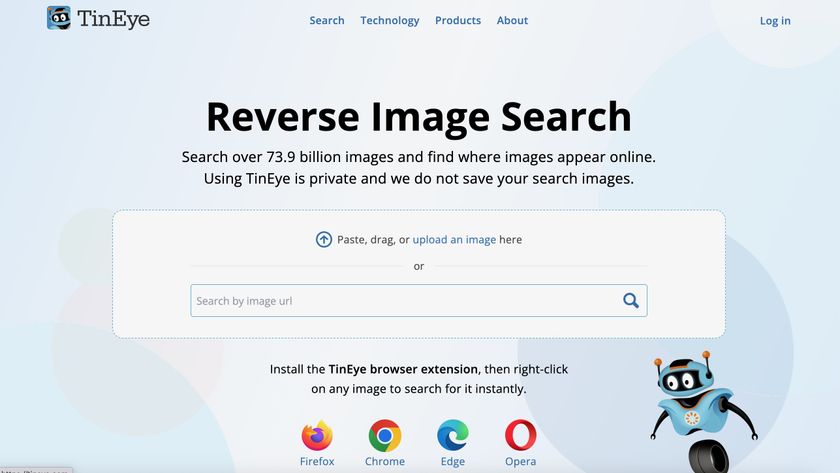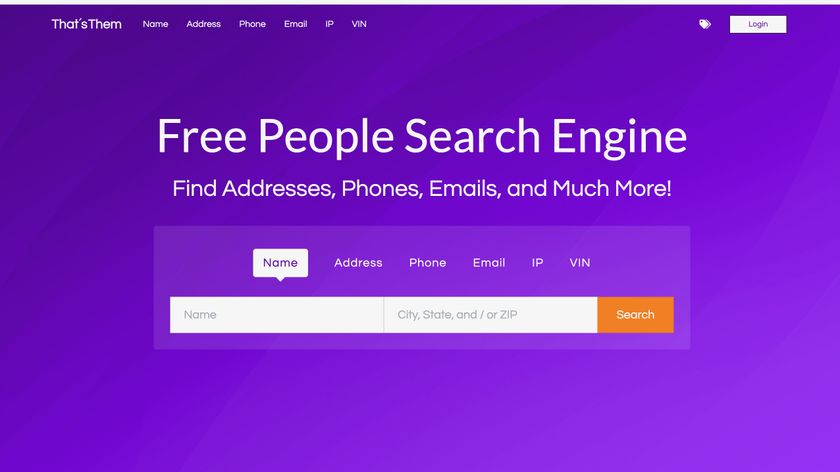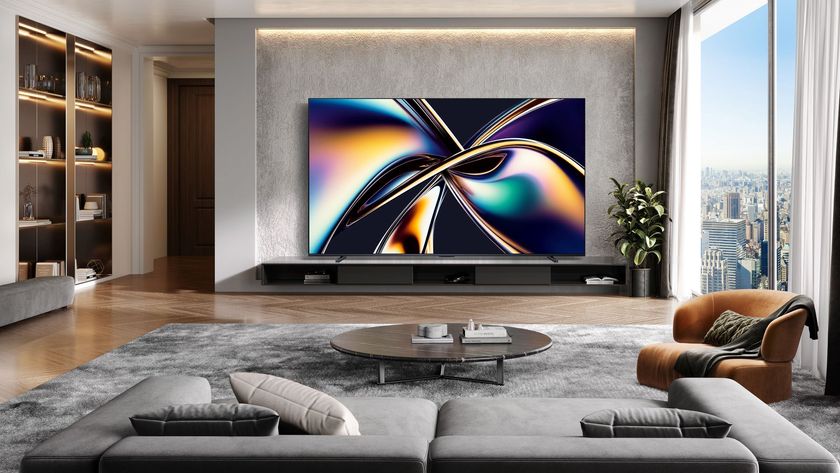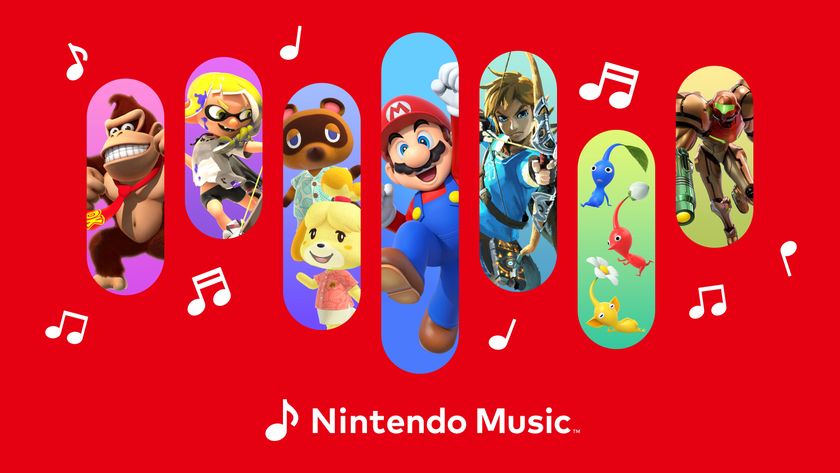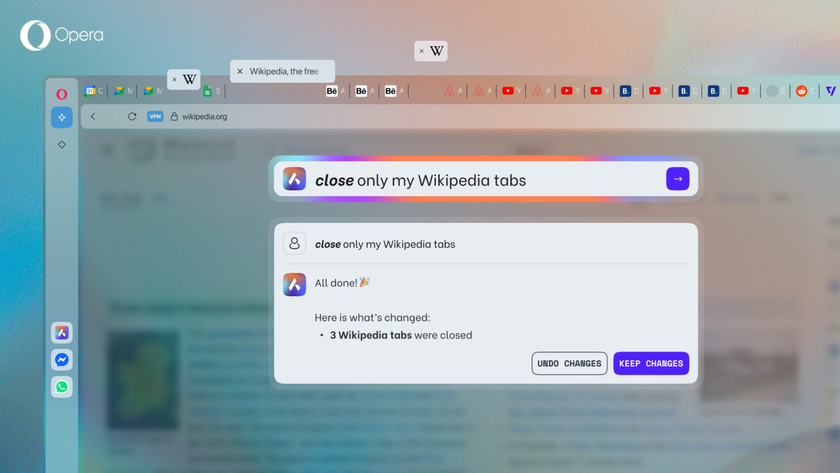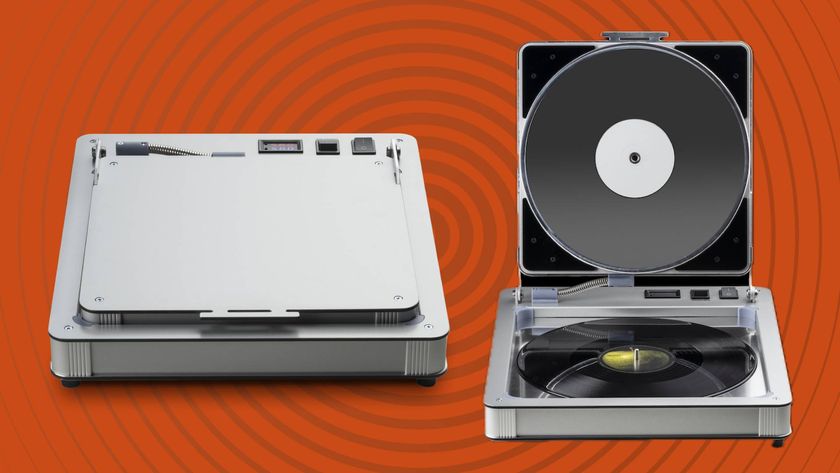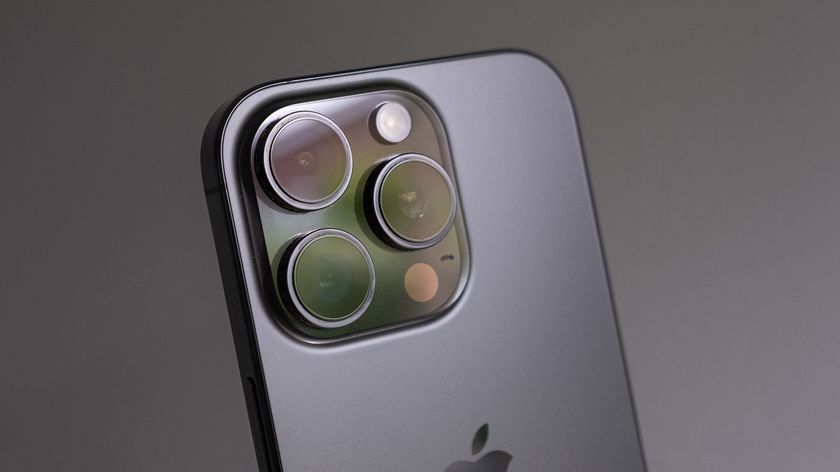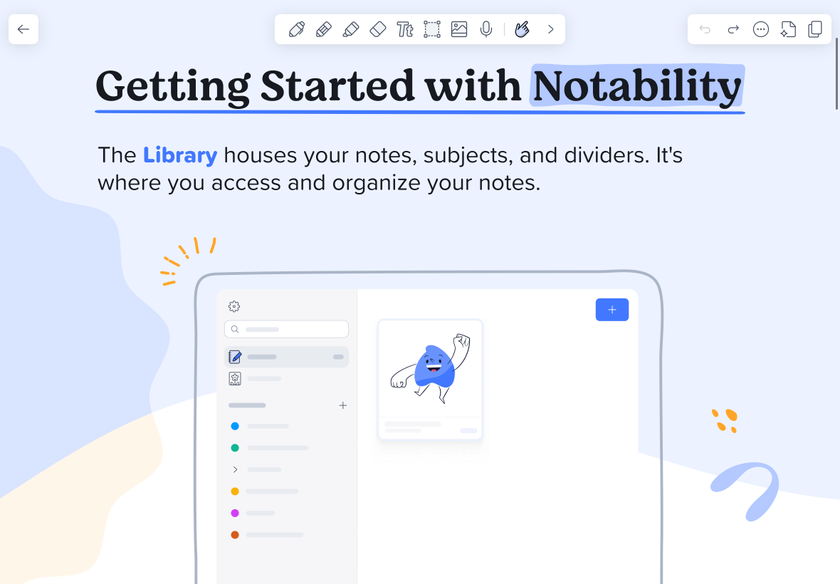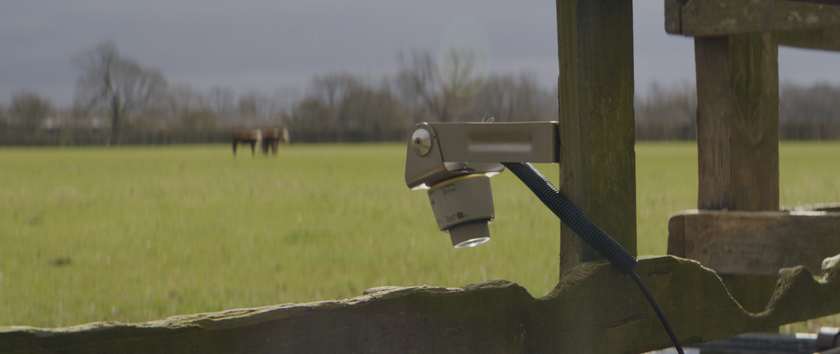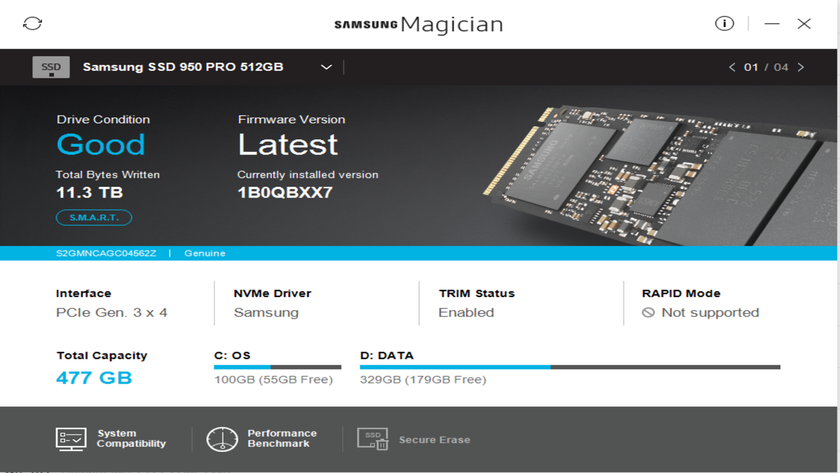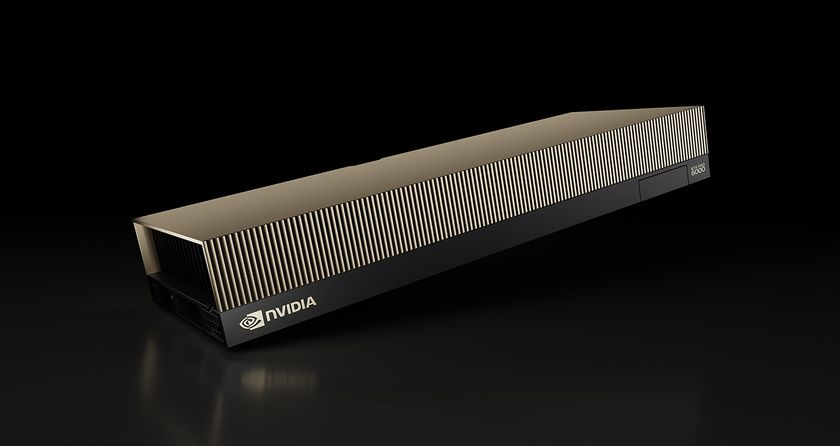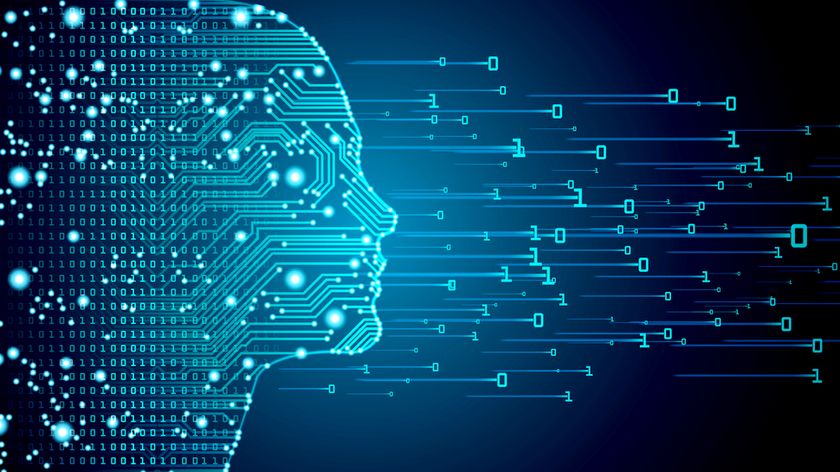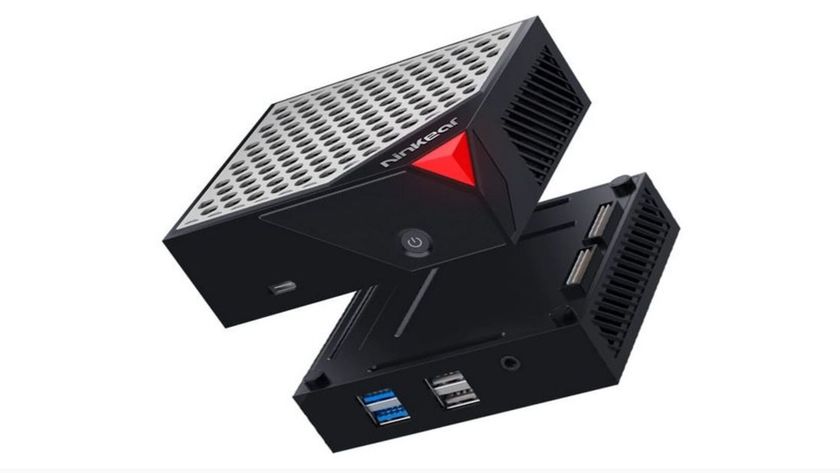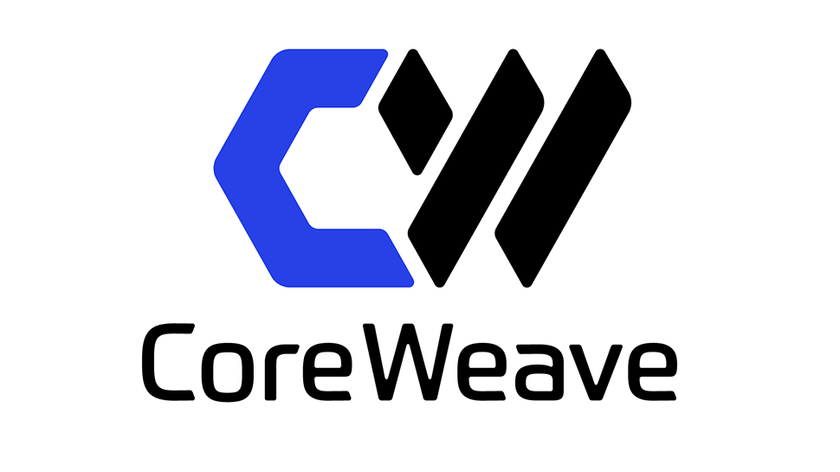Which is the best Internet of Things platform?
Apple's HomeKit, Google's Brillo, Intel's IoTivity, or Qualcomm's AllJoyn…
IoTivity
Operating on a constrained application protocol (CoAP), Intel's IoTivity is being proposed by the Open Internet Consortium (OIC). Middleware that's focused on security, simplicity and rapid development, IoTivity has limited platform support – it doesn't support HTTP. However, it is open source since any device manufacturer can use it (Intel has relinquished control of it to the OIC).
"A central tenet of the open source movement is the need for open standards, and IoTivity provides a reference implementation of this standard," says Fletcher. "Open standards do not oblige anyone to adopt them but rather rely on being the most compelling implementation available."
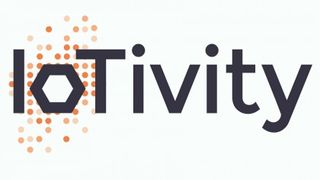
AllSeen AllJoyn
Qualcomm's AllSeen Alliance – a breakaway from the Open Internet Consortium – is pushing the AllSeen AllJoyn standard, which is already used by Panasonic multi-room audio systems and by LG's smart TVs (both companies are members). It natively supports common platforms like iOS, OS X, and even Windows 10, though this wide support does bring some complexity. There are also some worries over security.
"From a technical point of view AllSeen AllJoyn would be the most attractive framework to work with," says Fletcher, who adds that he expects Brillo/Weave and IoTivity will eventually meet halfway, or support one another seamlessly.
Given the appearance of HomeKit and Brillo, IoTivity and AllJoy probably have a bigger future outside of the home. "IoTivity and AllJoyn will receive more attention within the industrial application sphere where the demands of the specific application will require either the interoperability of AllJoyn or the rapid development environment of IoTivity – or eventually Brillo/Weave," says Fletcher.
For the IoT at home, AllSeen and IoTivity are seen as too small to achieve scale, effectively cancelling each other out.
Does it matter if there are several competing IoT platforms?
Standards wars are not uncommon in the world of tech, but that doesn't stop the IoT protocol/platform battle being anything other than frustrating. With all of this posturing by consortiums and companies, innovation is stalled. Fence-sitting isn't doing anyone any good.
Are you a pro? Subscribe to our newsletter
Sign up to the TechRadar Pro newsletter to get all the top news, opinion, features and guidance your business needs to succeed!
"In the complex but still immature environment of current IoT there is no single dominant consumer use or industrial application, and as a consequence the open source offering of IoTivity – or AllJoyn as an alternative – is still not compelling or comprehensive enough to bring all vendors willingly on-board," says Fletcher.
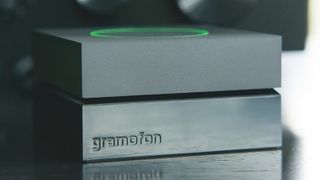
Who will win?
"Apple or Google will be the first companies to achieve that, since both companies already have their own ecosystem of devices, thus a reason to push towards such technologies," says Aiginitis, who can foresee a situation where some might be using iFridges that are connected with the Apple framework of our iHome. However, Google Brillo gets the rod as the dominant smart home framework of the future. "I would personally give the lead to Google, since it recently acquired Nest and has a wider range of products under the Android family," says Aiginitis.
As always, the market will decide, but don't expect one single platform to emerge. "The vastness of the opportunities relating to IoT may well mean that there is sufficient space to support two or three dominant frameworks, as well as a range of more specialist ones," adds Fletcher.
It is, however, very early days. "Since we are only a few seconds after the starting pistol of this race sounded," says Aiginitis, "the next few years will be full of surprises."
Jamie is a freelance tech, travel and space journalist based in the UK. He’s been writing regularly for Techradar since it was launched in 2008 and also writes regularly for Forbes, The Telegraph, the South China Morning Post, Sky & Telescope and the Sky At Night magazine as well as other Future titles T3, Digital Camera World, All About Space and Space.com. He also edits two of his own websites, TravGear.com and WhenIsTheNextEclipse.com that reflect his obsession with travel gear and solar eclipse travel. He is the author of A Stargazing Program For Beginners (Springer, 2015),
